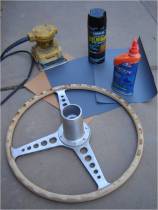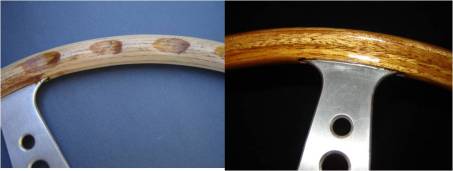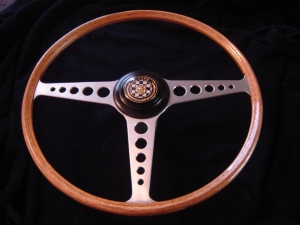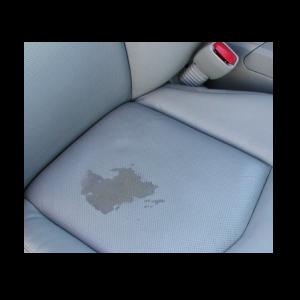Sound is everywhere. Before we even open our eyes in the
morning, we’re met by sound. Whether it’s the screech of an alarm clock or
birds chirping a melodic tune, sound is all around us.
It’s easy to forget that. Our brains tune out everything but
what’s important at the present moment. That’s what we focus on.
But the sound is still there, and the sound is still
affecting us – either negatively or positively. We just aren’t aware of it.
For proof of this, think of a time you were having a
conversation with music going on in the background. The music was influencing
the mood of the conversation, even though the people involved were tuning it
out and focusing on what was important – talking.
Where am I going with all of this? In order to experience
the highest levels of comfort, in order to consistently maintain a positive
mood, you need to be aware of the sound around you and how it is affecting you.
Now, let’s move to cars…
Luxury. The word has become almost synonymous with
“vehicles.” We think of BMW’s, Mercedes, Cadillac, Rolls-Royce.
We think luxury is in the seat material. Or the climate
control system. Or the way the steering wheel handles.
That’s what we think luxury is. But luxury isn’t a “thing.”
It’s a feeling. And a major part of that feeling is silence.
Think about it. Every top-end luxury vehicle on the market
is quiet. We ride in them and think, “what a smooth ride!” Really, what we’re
noticing is the sound – or the lack thereof. This creates that luxurious,
smooth feel.
Luxury Doesn’t Have to Cost $50,000+


Luxury car commercials are designed to take us away from
that luxury feeling. They focus on features. They focus on the brand. They
focus on the design. Of course, you know what you’re getting when you buy the
car – you’re getting that feeling, plus all the other perks.
But if you knew that from the beginning, you’d realize a
much easier and affordable way to get luxury is to simply go to the source. By
using sound insulation, you can create that luxury feel in virtually any
vehicle.
Yes, you can make a Honda Civic feel like a Rolls-Royce…
almost.
How is it done?
Sound travels in waves. When you’re driving in a car, sound
is hitting you from all angles. It’s coming from the engine, the road, the
tires, the wind against the windshield, noise from other vehicles… it’s
everywhere.
But sound waves don’t treat every surface equally. Some
surfaces slow sound waves down so much that by the time they reach the human
ear, they are almost non-existent. These materials are cheap and easy to find.
Your best bet is to purchase a car soundproofing kit.
Usually made of foam or other sound deadening material,
these kits are easy to install and will dramatically cut down on noise. When
the sound waves come from all angles, they will hit these sound deadening
materials, slowing down the sound waves.
The end result is a smooth and very quiet ride. The kind
you’d normally only get in a top-end luxury vehicle.

So instead of paying a minimum of $50,000, just invest in
some high-quality sound proofing material. And next time you’re driving down
the road, you’ll notice something you probably haven’t heard in a car before –
silence.




 One of the first things I wanted to tackle on the XKE was the wood steering wheel. The Series II cars have the same beautiful mahogany rims and lovely growler center piece as the Series I cars. The aluminum spokes are NOT polished and shiny like the Series I cars, but have a flatter brushed metal finish. One important tip – the center of the steering wheel is not a horn button. On Series II cars the horn is activated though an arm from the steering column. So, avoid banging away on that center to get the horn working… I wanted to refinish the steering wheel first because it is easy and fun to do, and because my wheel had some long cracks in the grain of the wood rim that made it a bit bendable. I did not want small cracks to become bigger problems.
One of the first things I wanted to tackle on the XKE was the wood steering wheel. The Series II cars have the same beautiful mahogany rims and lovely growler center piece as the Series I cars. The aluminum spokes are NOT polished and shiny like the Series I cars, but have a flatter brushed metal finish. One important tip – the center of the steering wheel is not a horn button. On Series II cars the horn is activated though an arm from the steering column. So, avoid banging away on that center to get the horn working… I wanted to refinish the steering wheel first because it is easy and fun to do, and because my wheel had some long cracks in the grain of the wood rim that made it a bit bendable. I did not want small cracks to become bigger problems.



